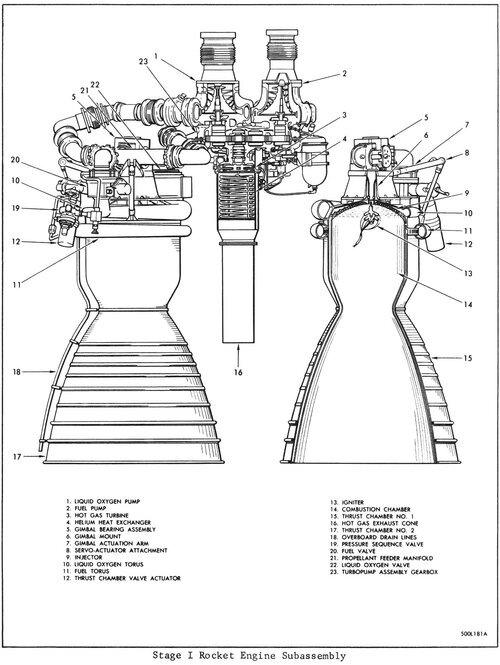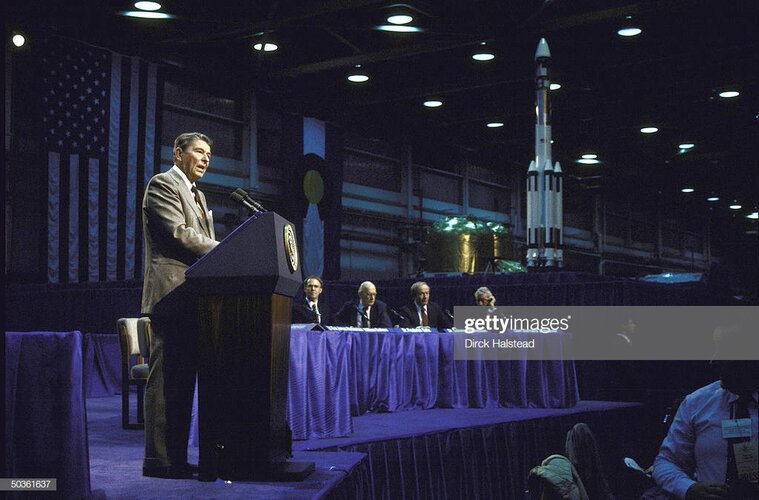JetPropulsion
ACCESS: Restricted
- Joined
- 19 July 2024
- Messages
- 38
- Reaction score
- 80
I am make thread: https://www.secretprojects.co.uk/threads/gelled-fuels-luminal-a-alumizin-etc.44031/oh yes under https://www.secretprojects.co.uk/forums/propulsion.49/
One Moment Luminal-A ?
was Glusko also in Alumizine propellant ?!
Answers for your questions here.
P. S. my english is very bad, sorry...






